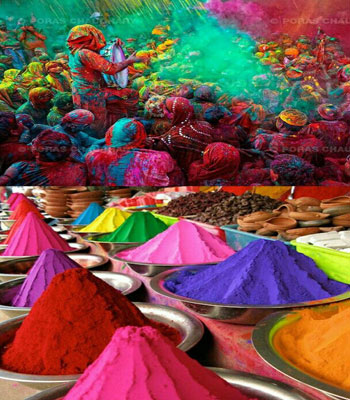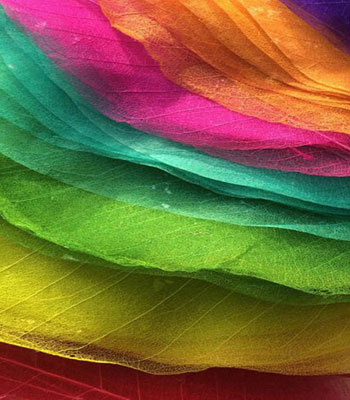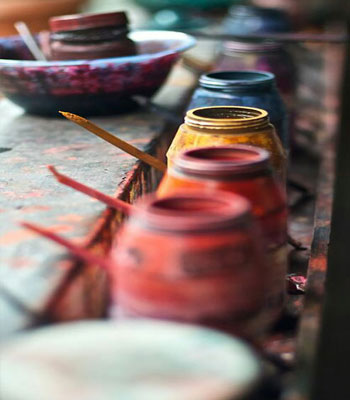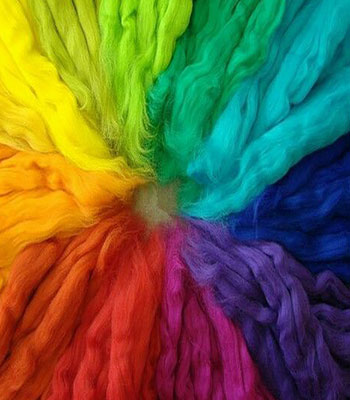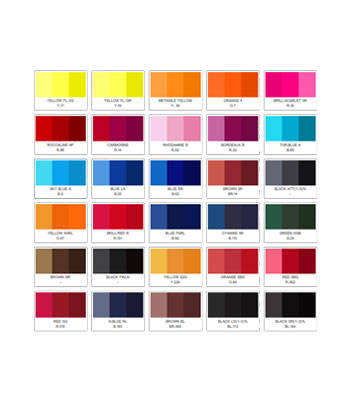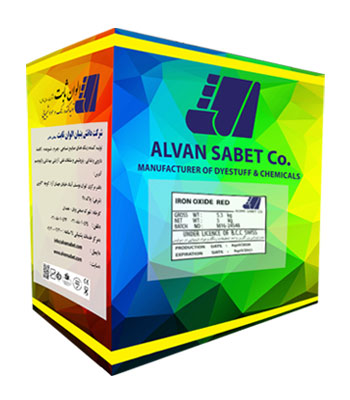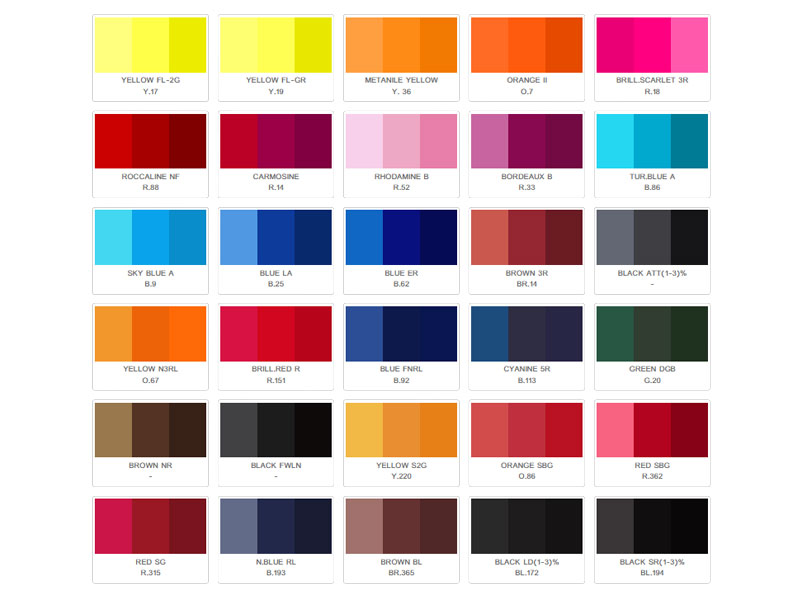Cationic dyes
Cationic dyes have a high cluster and weak lightfastness. These kinds of dyes work best with acrylic fibers and make deep dyeing and washing fastness. The best choice of dyes for dyeing acrylic fibers is cationic or better to say basic dyes. The terminal group in a macromolecule in polyacrylonitrile carries a negative charge which creates the advantage of dyeability with cationic dyes. The reason is that; In the process of dying a strong bond between fiber’s anion and cation dyes will be created which increases the washing fastness of acrylic fibers.
Disperse dyes
0,00 €Disperse dyes are Non-ionic and Insoluble in water with Molecular weight Of 300-800 g/mol which uses for Cellulose triacetate and non-synthetic fibers in the form of dispersing. At first. They only use to dye Cellulose triacetate but now disperse dyes are a good choice for dying all types of fibers. Disperse dyes enjoy the perfect property of leveling and because of this reason in the process of utilization of them; there is no need to used leveling materials.
Pigment dyes
0,00 €Pigment dyes do not have any tendency of absorption or permeation in fabrics for this reason with the help of a special glue called binder they will be attached to the fabrics. With attention to the fact that dyes attach to the fabrics; after the process of dying, there is no need to wash the fabric and makes this method so cost-effective. Other characteristic to be mentioned: Printing of pigment usually is done on low-price fabrics. Their rubbing fastness is very high. Working with these dyes does not require any extra effort.
Reactive dyes
0,00 €The term reactive signifies that the dyes react rapidly with an inert fiber like cotton and produce covalent bond formation with excellent colorfastness. So, this dyestuff is called reactive dye.



